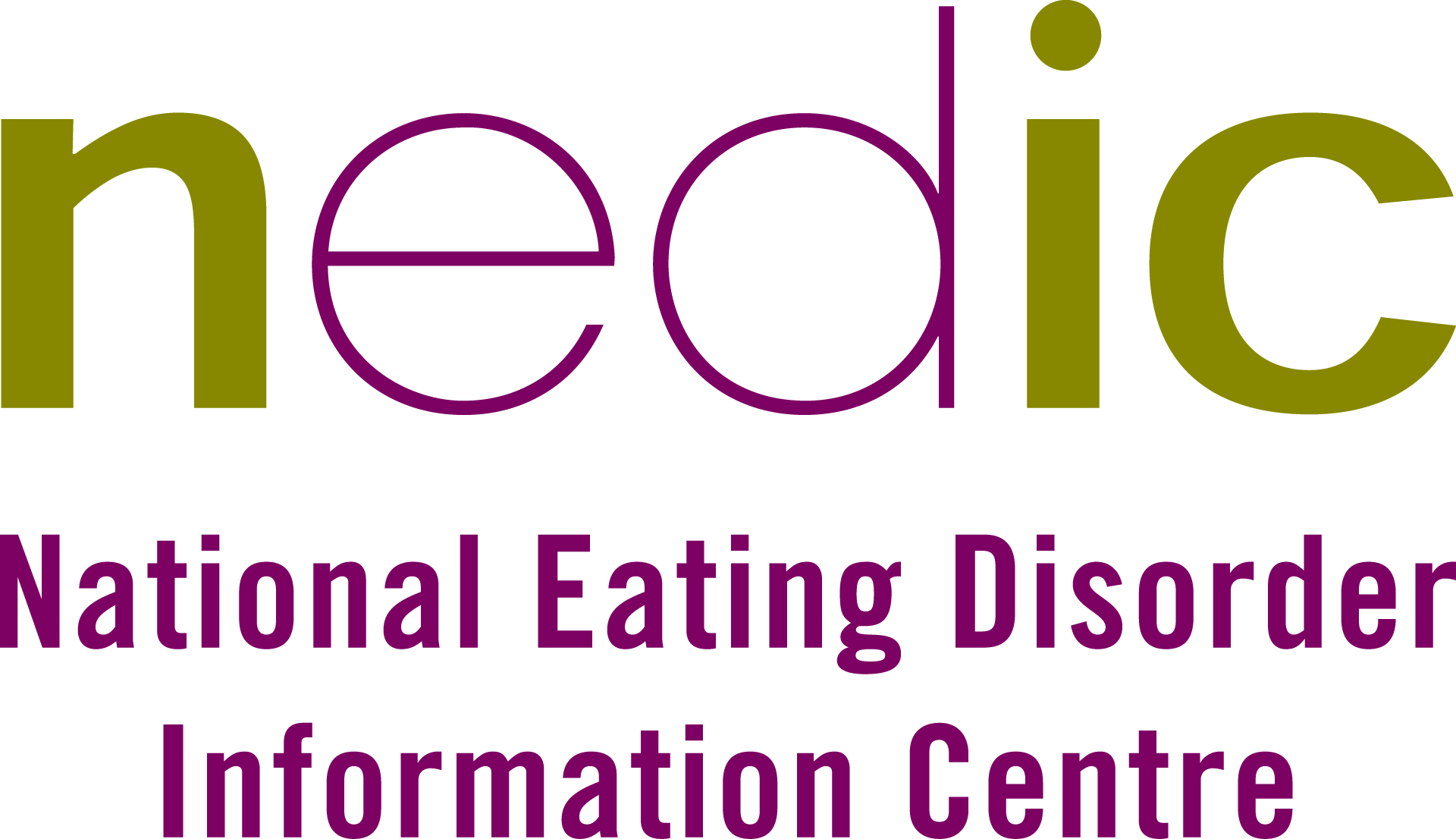
Lori Henry
Sept. 29, 2021, noon

What is an occupational therapist and how can they help in eating disorder recovery? Most therapy for eating disorders focuses on psychological and medical treatments. Less widely known is occupational therapy. This profession is found mostly in inpatient programs, although it’s increasingly being used in outpatient and private services.
Occupational therapists help those struggling to do the important things in their daily lives, like eating, cooking, exercising, participating in school and extra-curricular activities, household chores and family obligations, maintaining a job or volunteer activity, shopping, self-care, and making and sustaining friendships. All of these are referred to as “occupations,” the things that make up a person’s day and bring meaning to their life. These can include occupations that someone would like to do better or more of, revisiting occupations that they once did but stopped, and exploring new occupations that can improve health and well-being.
Sessions can take place virtually, at a hospital or clinic, in the person’s home, or out in the community. While there is talking involved in the therapy, there is a larger focus on doing occupations and supporting clients to engage with what is meaningful to them. Engaging in meaningful activities is of great importance to the eating disorder recovery process, as it allows individuals to explore their values and identity apart from their eating disorder. As they begin to build an occupational repertoire they find fulfilling, they are more able to let go of their preoccupations with weight and food behaviour.
For those who are struggling with an eating disorder, there are many obstacles to engaging in the occupations that will enhance their well-being. An occupational therapist often works with clients around mealtimes, managing stress, regulating emotions and moods, increasing independent living skills, working on self-care, creating a health-promoting routine, trying new hobbies, body image improvement, and relapse prevention. More specifically, work is usually done around managing anxiety during food-related occupations: family meal planning; grocery shopping; before, during and after mealtimes; meal preparation and portioning; cooking; and eating in social situations.
As mentioned previously, these interventions don’t always happen in a clinic or hospital.
Occupational therapists work in the community and often meet at their clients' homes or schools, workplaces, grocery stores, cafes, and restaurants. In other words, wherever the occupation takes place. Occupational therapists can also liaise with schools and organizations that their clients are involved with to request accommodations or to assess the client while they take part in an activity.
Most importantly, occupational therapists are trained to see their clients holistically and not focus solely on a diagnosis. This provides individualized interventions that are specific to each person and their family. Keeping the goal of recovery always at the forefront, occupational therapists offer a way to design treatment plans that fit with the interests and values of their clients.
Author's Bio
Lori Henry is a registered occupational therapist, psychotherapist based in Toronto and runs a private eating disorder service for youth and adults. She has recovered from an eating disorder herself and is passionate about helping others through their recovery.
www.eatingdisordertherapist.ca | X | BlueSky